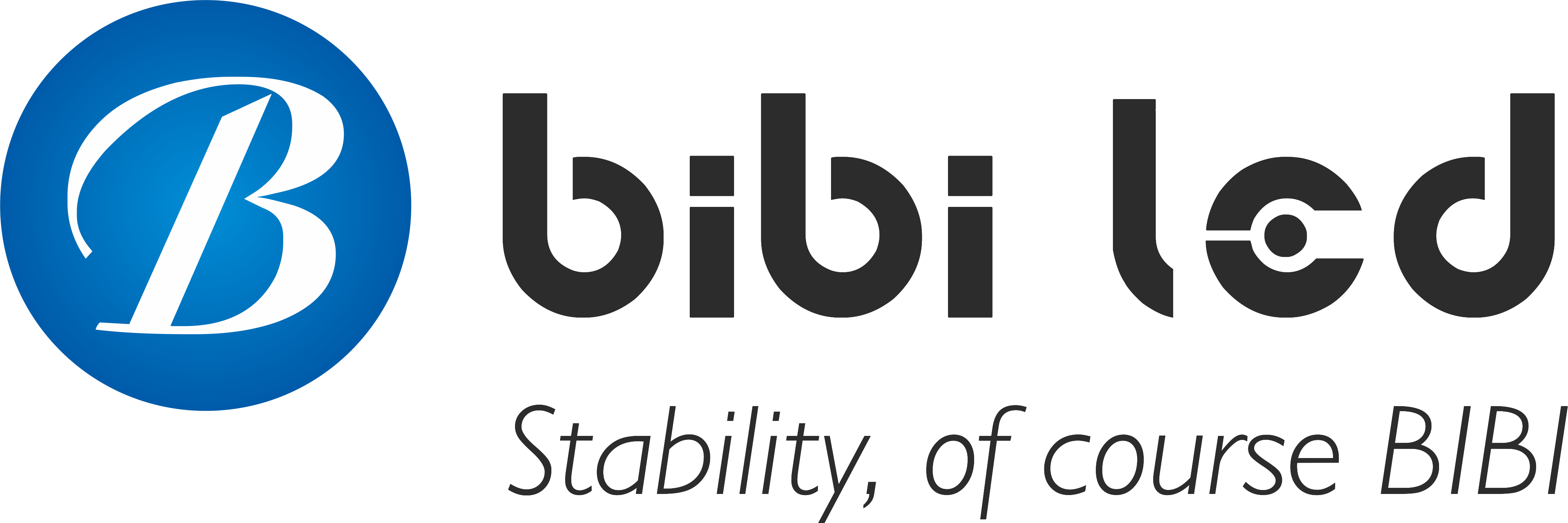Introducción
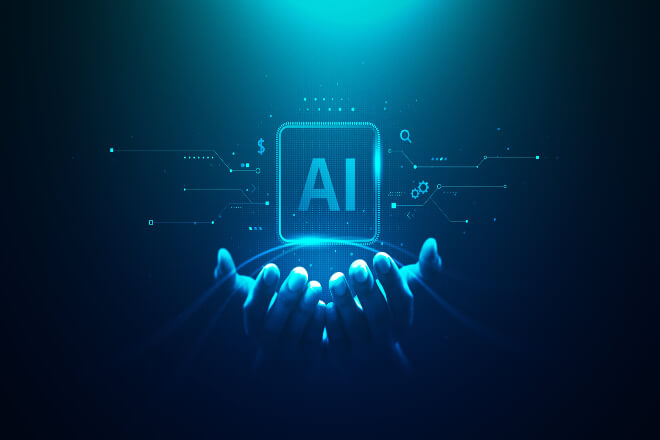
In this era of information explosion, how to quickly and efficiently update Pantalla LED content has always been a problem that has troubled businesses.
Is there a way to save time and cost while ensuring the attractiveness and diversity of content? The answer may lie in AI’s automatic generation of LED screen content.
Tabla de contenido
1. What is "AI automatically generates LED screen content"?
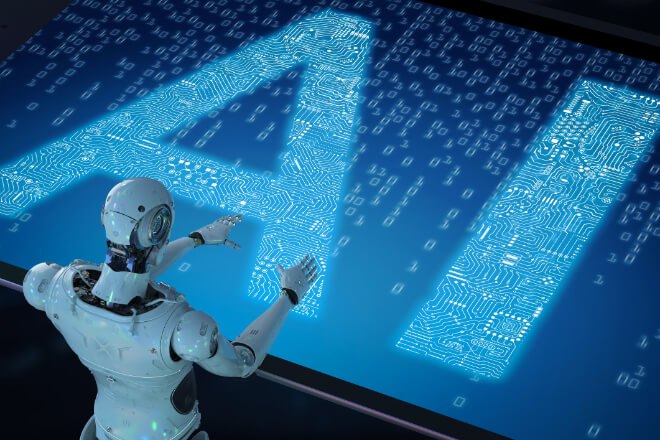
Now, many businesses will encounter a problem when using LED screens: how can content be updated quickly and well?
After all, it is not enough to have a large, high-definition screen. The content on the screen is the key to attracting people to stop. At this time, “AI automatically generates LED screen content” has become a good solution.
Simply put, it is to leave the creation of content to artificial intelligence. You only need to tell it what you want to promote and what style you want to present.
And it can help you automatically generate a picture, a video, or even a whole set of slogans, saving a lot of design time.
Compared with traditional design methods, the biggest advantages of AI automatic generation are speed and economy.
In the past, it might have taken a designer half a day to arrange the layout and revise several drafts to make a promotional picture.
Now, as long as you input clearly, AI can give you several versions to try in a few seconds.
And it won’t get tired, nor will it run out of inspiration. If you want ten styles and different holiday themes, you can get them all with one click.
For small shop owners or brands that have to manage multiple LED screens, it is indeed a “trouble-free” helper.
Of course, AI is not omnipotent. Some details or particularly complex design requirements still need to be manually processed, but it can handle most of the conventional content.
2. Which scenarios are suitable for using AI to generate content?
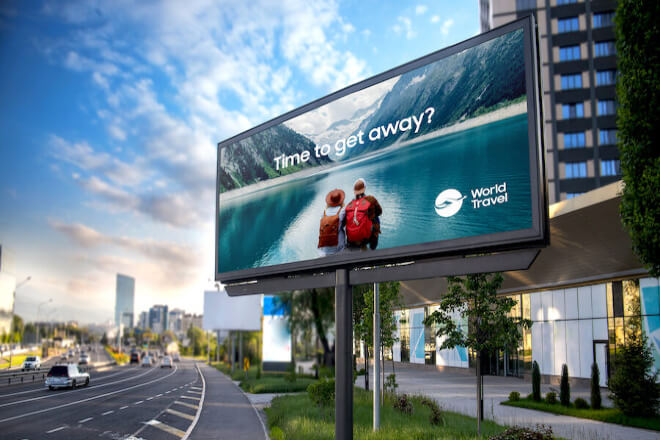
1). Centro comercial guide screen
The shopping mall guide screen is an important window for customers to obtain information when shopping.
Promotional activities, brand recommendations, and shopping guide information are updated very frequently.
The traditional method requires designers to constantly create new content, which is time-consuming and laborious.
Using AI to automatically generate content, you can quickly generate various promotional posters and shopping guides according to different festivals and promotional themes to ensure that the content is always fresh and attractive.
In this way, shopping malls can not only improve customer experience but also significantly reduce design costs and manpower investment.
2). Catering industry
The menus and recommended dishes in the catering industry often need to be flexibly adjusted, such as daily specials, new product launches, or seasonal restrictions.
With the help of AI to generate content, restaurants can automatically create dish display pictures, promotional copy, and even dynamic videos to directly convey freshness to customers.
AI can also maintain the uniformity of graphic style, improve brand professionalism, and greatly reduce the workload of designers, allowing stores to focus more on dish quality and service.
3). Exhibición or event site
At exhibitions and various event sites, content often needs to be switched in time according to different time periods.
AI technology can automatically push corresponding theme content according to preset time nodes.
For example, new product releases in the morning, interactive experiences in the afternoon, and lucky draws in the evening, which not only reduce on-site manual operations, but also make content more accurate and flexible.
With the help of AI, event organizers can better attract the audience’s attention and enhance the atmosphere and sense of participation on the scene.
4). Real estate, automobile, educación, and other industries
These industries have rich product lines and huge amounts of information, and often need to quickly generate various introduction pages, product displays, and promotional videos.
AI can automatically combine multiple materials intelligently to generate high-quality graphic or video content, support multiple styles and layouts, and meet different promotional needs.
This not only improves the efficiency of content production but also ensures the unity and professionalism of the brand image, which is very suitable for the daily operations of large enterprises and chain brands.
In general, as long as there is a need for high-frequency updates, diversified displays, or large amounts of content and complex scenes, AI automatic content generation can play a great role.
It not only makes the content of LED screens richer and more varied, but also greatly saves the cost of manual design, making content management easier and more efficient.
3. What are the practical advantages of using AI for LED content?
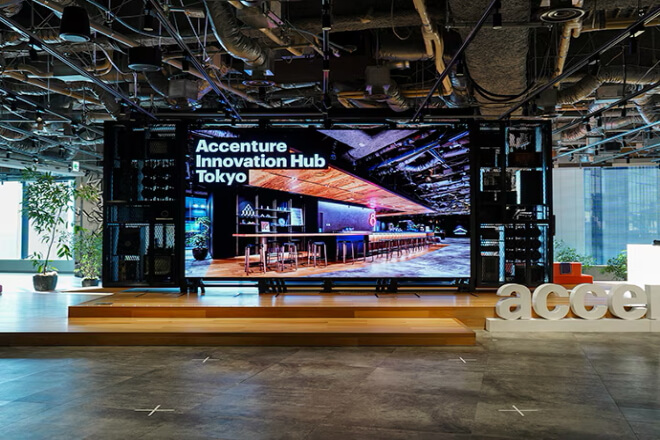
1). Reduce design costs and reduce manual dependence
In the past, when making LED screen content, designers and copywriters had to communicate repeatedly, which took several days at a time, and the labor cost was quite high.
Using AI to generate content, many repetitive and simple design tasks can be handed over to machines, which saves both trouble and money.
Especially for small shops or chain stores, they can update new content every day without spending a lot of money to hire a special team, and their professionalism looks no less than that of others.
2). Improve the speed of content update to meet instant marketing needs
The content on the LED screen needs to be changed frequently, such as for promotional activities, festive atmospheres, or temporary notices.
Traditional manual design cannot keep up with this “fast pace”, and the best promotion time may be missed.
With AI, as long as you tell it keywords or activity themes, it can generate a bunch of design plans in a few seconds.
You can change it whenever you want, without worrying about not keeping up with the pace, and marketing is more flexible.
3). Strong ability to produce multiple versions and personalized content
AI can also automatically make pictures with different styles and contents according to different times, different places, and even different customer preferences.
For example, offer discounts during breakfast time, change to dinner specials at night, or make exclusive content for different stores according to customer flow.
In this way, the content of the LED screen will not be stereotyped, it will be closer to users, and it will be more eye-catching, avoiding wasting playback resources.
4). Easy to link with big data to achieve accurate content push
Now AI can also intelligently adjust the playback content according to weather changes, holiday arrangements, and customer preferences.
For example, it can automatically broadcast rain gear promotions on rainy days and push gift discounts on holidays.
Such accurate push effects are better, attracting customers to stay and consume, and making LED screens smarter and more useful.
4. Are there any risks or restrictions in using AI content?
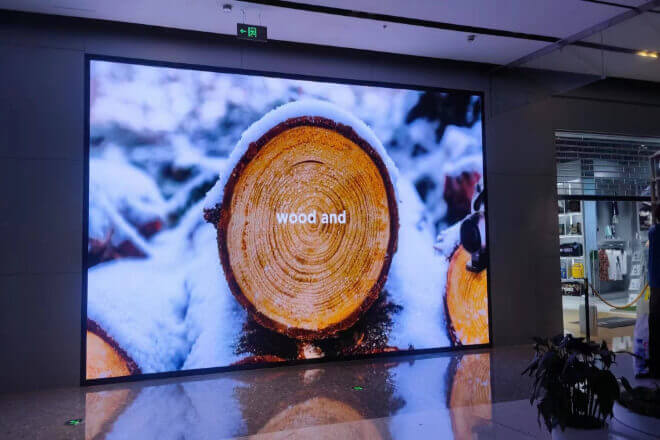
Although AI automatically generates LED screen content, it sounds very convenient, but it is not completely pit-free in actual use. There are still some places to pay attention to, and you cannot rely on them.
Sometimes, the pictures generated by AI are not delicate enough, and the copywriting style may fluctuate and not be so unified.
Especially for brands with high requirements, the content produced by AI may seem a bit like an “assembly line”.
Lacking that kind of personality and taste, and must be manually selected and modified before it can be used.
There are no particularly clear regulations on the copyright issues of AI-generated images and texts.
Not all data used for AI training is publicly available. If there are “collision” elements in the content, it is easy to cause problems when it is used commercially.
And it may cause copyright disputes. You still need to be more careful when using it.
Most of the content generated by AI has high resolución and various formats, which is a test for the compatibility of LED screen hardware and the playback system.
If the equipment is not powerful enough, the picture may be stuck, the color may be weird, and the final effect will be greatly reduced, so the equipment configuration is also a key point to consider.
Although AI is efficient, it does not have human emotions and delicate feelings.
Some brands are particularly good at storytelling and emotional resonance, and the content produced by AI is often stiff and cannot move people.
In this case, it is best to combine people and AI, which has both speed and temperature.
5. How to efficiently combine AI and artificial design?
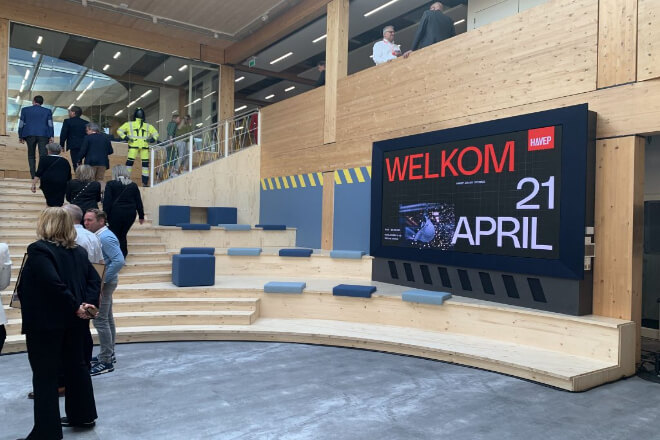
The key to making AI and artificial design work well is to give full play to the advantages of both and complement each other. Here are a few practical tips:
1). Use AI to make a draft first, and then the designer will polish it.
AI can help quickly produce a bunch of design drafts, saving designers a lot of time. Then the designer only needs to adjust the color.
Font, and details according to the brand style, and add some brand-specific elements, which is fast and ensures that the content does not deviate.
2). Establish an exclusive material library to make AI produce more exciting content.
The brand’s logo, standard colors, common patterns, etc., are first organized into a material library, which AI can call when generating content.
The things produced look more unified, and there is no need to change them from scratch every time, which saves effort and worry.
3). Add a “manual review” level to make the quality more reliable.
AI is a machine, after all, and sometimes it will produce some strange things, so you can’t completely trust it.
It’s best to let people take a look again, pick out the inappropriate or low-quality content, and modify it, so that the content will not be embarrassing and can also ensure the brand image.
6. Conclusion
AI’s automatic generation of LED screen content has undoubtedly brought great convenience to merchants, but at the same time, it is not omnipotent.
How can AI be used to efficiently generate content while avoiding its potential risks and limitations?
How can AI and artificial design be perfectly combined to create content that is both fast and warm? Through the introduction of this article, I believe you have a clearer understanding of these issues.
Finalmente, si quieres saber más sobre las pantallas LED, Por favor póngase en contacto con nosotros.
